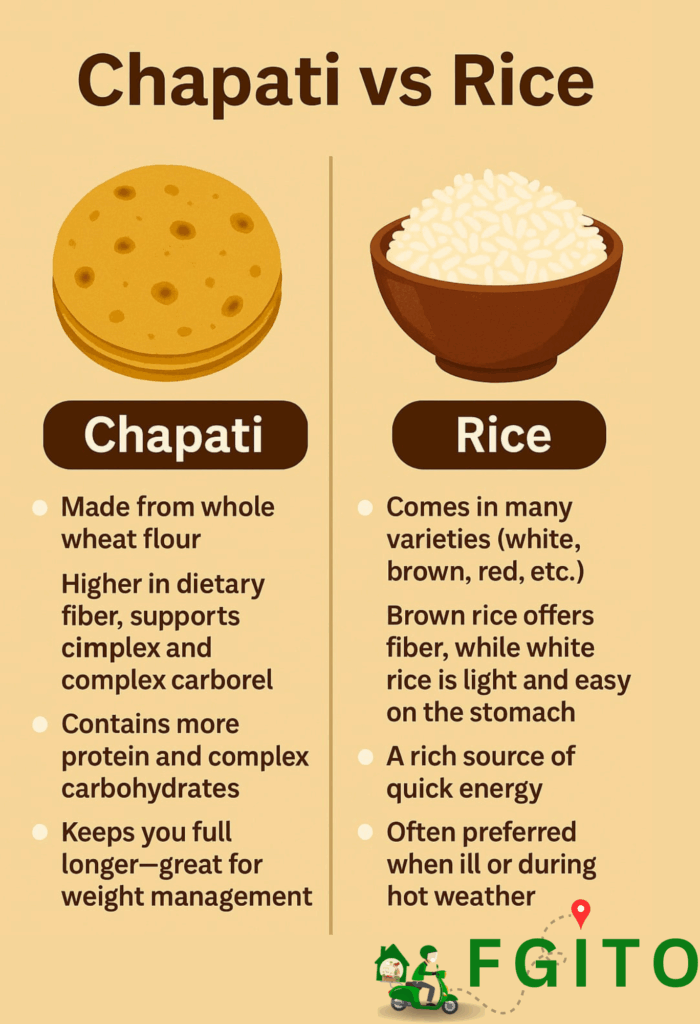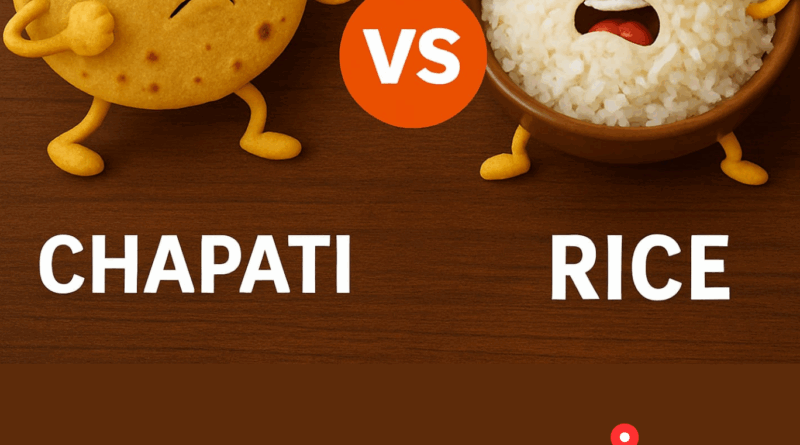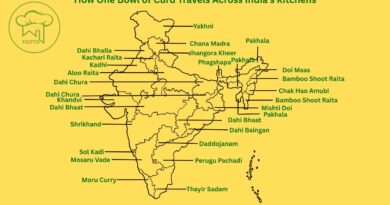Chapati vs. Rice: The Soft Power Battle in Indian Kitchens
When it comes to Indian meals, there are two reigning staples that never fail to spark passionate debates: chapati and rice. Whether you’re a roti-regular from the North or a rice-lover from the South, your preference often says more than just taste. It reflects culture, digestion patterns, even family traditions.
But beyond preference, is one actually better than the other? Are the soft chapatis that puff up on our tawa healthier than a steaming bowl of rice? Or is rice’s simplicity and adaptability the reason it dominates so many plates?
Let’s explore the cultural, nutritional, and practical side of this soft power struggle—and maybe find out why your mom insisted on serving both!
Nutrition Showdown: Chapati vs. Rice

Chapati:
- Generally made from whole wheat flour (though there are many other versions like bajra, jowar, ragi, and multigrain rotis—each offering unique health benefits such as improved iron intake, a calcium boost, or gluten-free alternatives)
- Higher in dietary fiber, it supports digestion and blood sugar control.
- Contains more protein and complex carbs
- Keeps you full longer, making it a good choice for weight management
Rice:
- Comes in various types (white, brown, red, etc.)
- Brown rice has more fiber, while white rice is easier to digest
- Rich in energy-giving carbs
- A comfort food for many, especially during illness or hot days
Cultural Significance and Regional Staples
- In Northern India, chapati is often the face of everyday meals—a symbol of comfort, effort, and home-cooked tradition.
- In the southern and eastern parts, rice is the soul of the thali, deeply tied to rituals, seasons, and simplicity.
- In many homes, rice is lunch and chapati is dinner—a balance shaped by digestion rhythms and daily routines.
Also Read: Everyday Indian Spices, Extraordinary Benefits: The Medicinal Side of Desi Masalas
When to Choose What? Practical Tips
- Choose chapati when you want something lighter at night or need longer-lasting satiety.
- Choose rice when you’re unwell, need quick energy, or want a meal that’s gentle on the stomach. Just make sure it’s warm and well-cooked, and avoid pairing it with heavy or cold foods during cough or cold.
- Pair them smartly in meals—dal with chapati for fiber, and curd rice for gut health.
Final Thoughts
There’s no clear winner in the chapati vs. rice debate—and maybe that’s the beauty of Indian food. It gives you options, balance, and variety that match your body’s needs and your family’s traditions.
At FGITO, we bring this very balance to your plate. Every meal we deliver is crafted in local kitchens where both rice and roti share the spotlight—served fresh, wholesome, and made with love. Because at the end of the day, your comfort food should be as versatile as you are.




